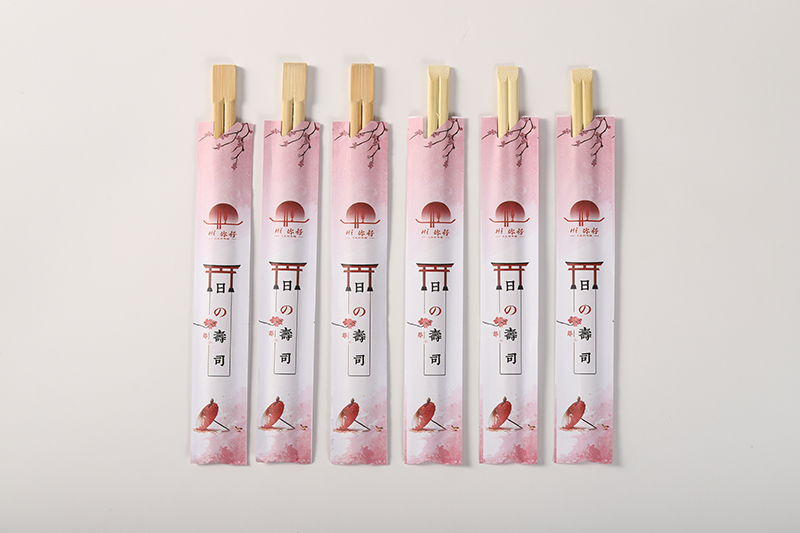Chopsticks are two identical sticks used for eating. They were first used in China and then introduced to other areas in the world. Chopsticks are considered quintessential utilities in Chinese culture and have the reputation of "Oriental Civilization.

Below are Seven things to know about Chinese chopsticks.
1.When were chopsticks invented?
Before the invention of chopsticks, Chinese people used their hands to eat. Chinese people started to use chopsticks about 3,000 years ago in the Shang Dynasty (c.16th to 11th century BC). According to the "Records of the Grand Historian, the king of Zhou, the last king of the Shang Dynasty already used ivory chopsticks. On this basis, China has at least 3,000 years of history. During the Pre-Qin period (pre-221 BC), chopsticks were called "Jia", and during the Qin (221-206 BC) and Han (206 BC-AD 220) dynasties they were called "Zhu". Because "Zhu" shares the same sound as"stop" in Chinese, which is an unlucky word, people began to call it "Kuai", meaning "fast" in Chinese. This is the origin of today's name of Chinese chopsticks.
2. Who invented chopsticks?
Records of using chopstick have been found in many written books but lack physical evidence. However, there are many tales about the invention of chopsticks. One says that Jiang Ziya, an ancient Chinese military strategist created chopsticks after being inspired by a mythical bird. Another tale says Daji, the favorite consort of the king of Zhou, invented chopsticks to please the king. There is another myth that Yu the Great, a legendary ruler in ancient China, used sticks to pick up hot food to save time for controlling floods. But there is no exact history record about who invented chopsticks; we only know that some smart ancient Chinese person invented chopsticks.
3. What are chopsticks made of?
Chopsticks are made from many different materials such as bamboo, wood, plastic, porcelain, silver, bronze, ivory, jade, bone and stone. Bamboo chopsticks are most frequently used in Chinese people’s daily life.
4.How to use chopsticks?
Using two slim sticks to pick up food is not difficult. You can do it as long as you take the time to practice. Many foreigners in China have mastered the use of chopsticks like the locals. The key to using chopsticks is keeping one chopstick in position while pivoting the other one to pick up food. After a bit of patient practice, you’ll know how to eat with chopsticks very quickly.


5. Chopsticks etiquette
Chopsticks are usually held in the right hand but it depends on your comfort if you are left-handed. Playing with chopsticks is considered to be bad manners. It is polite and thoughtful to pick up food for the elderly and children. When eating with elders, Chinese people usually let the elders pick up the chopsticks before anyone else. Often, a caring host will transfer a piece of food from the serving plate to a visitor's plate. It is impolite to tap chopsticks on the edge of one's bowl, because in ancient China beggars often used it to attract attention.
6. The philosophy of chopsticks
Chinese philosopher Confucius (551-479BC) advised people to use chopsticks instead of knives, because metal knives remind people of cold weapons, which mean killing and violence. He suggested banning knives at the dining table and using wooden chopsticks.

7. When were chopsticks introduced to other countries?
Chopsticks were introduced to many other neighbor countries due to their lightness and convenience. Chopsticks were introduced into the Korean peninsula from China in the Han Dynasty and expanded to the entire peninsula in about AD 600. Chopsticks were brought into Japan by a Buddhist monk named Konghai from China's Tang Dynasty (618-907). Konghai once said during his missionary work "Those using chopsticks will be saved", and therefore chopsticks spread in Japan soon after. After the Ming (1368-1644) and Qing (1644-1911) dynasties, chopsticks were gradually brought to Malaysia, Singapore, and other Southeast Asian countries.
Post time: Dec-01-2024